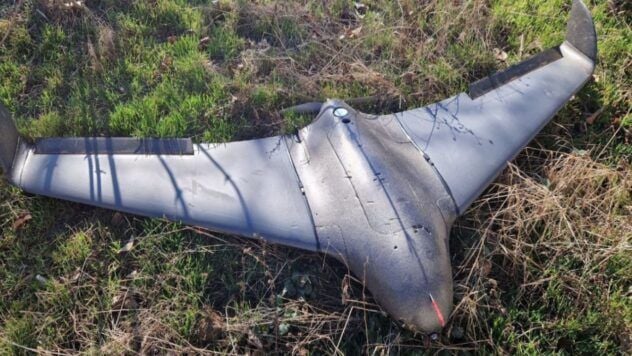
Last week, Russia used the Chernika drone for the first time in an attack on Kharkov.
What is known about the characteristics of the Russian UAV – read the material on ICTV Fakty.
Blueberry Drone: What is Known About It
On June 30, Kharkiv Mayor Igor Terekhov reported that the city had experienced 16 enemy attacks over the past week: most often, the occupiers used Shaheds, but also for the first time, a strike by a Chernika, a new type of drone, was recorded.
Now watching
“This drone is similar in warhead power to the Lightning, but has a different design. As a result of its strike, several cars in a garage cooperative were damaged,” he explained.
According to Defense Express, drones of this series are produced in two versions: the light Chernika-1 and the heavier Chernika-2.
They cannot be called new, because in March 2024 it was known about the production of more than 7.5 thousand units of Chernika-1, and in April – about more than 4 thousand Chernika-2.
The first is a kamikaze drone of the “flying wing” type, made of foam plastic. It has a range of up to 80 km, is launched from a catapult or from hands, has a warhead weighing 0.7 kg, probably of the high-explosive fragmentation type. It is mainly used against motor vehicles and infantry.
The second version of the experiments is called more dangerous, since Chernika-2 has a warhead weighing up to 3.5 kg. And it is designed to destroy dugouts and heavy equipment. And the range of destruction is up to 100 km.
Characteristics of the Blueberry drone:
- maximum range of destruction – from 80 to 100 km;
- maximum flight altitude – up to 1.5 km;
- cruising speed – 75 km/h;
- warhead – from 0.7 to 3.5 kg;
- has a target acquisition function.
It is precisely because of the presence of the target guidance function, according to some sources, that the Chernika drone is not susceptible to electronic warfare.
In addition, Chernika-2 is equipped with an autopilot function up to a certain target area, due to which the operator does not need to constantly control, but only at the final stage of the flight.
“This, combined with their probably low cost, makes them widespread and very dangerous. In their concept, they can be compared to another Russian drone, the Molniya, which also uses simple materials in its design,” the publication's experts note.
They say that they are effectively countered by Ukrainian anti-aircraft FPV drones, which have already shot down three Chernika-2 drones, as well as electronic warfare – despite the guidance function and automatic flight to the target area, without communication they are also unable to carry out tasks.

